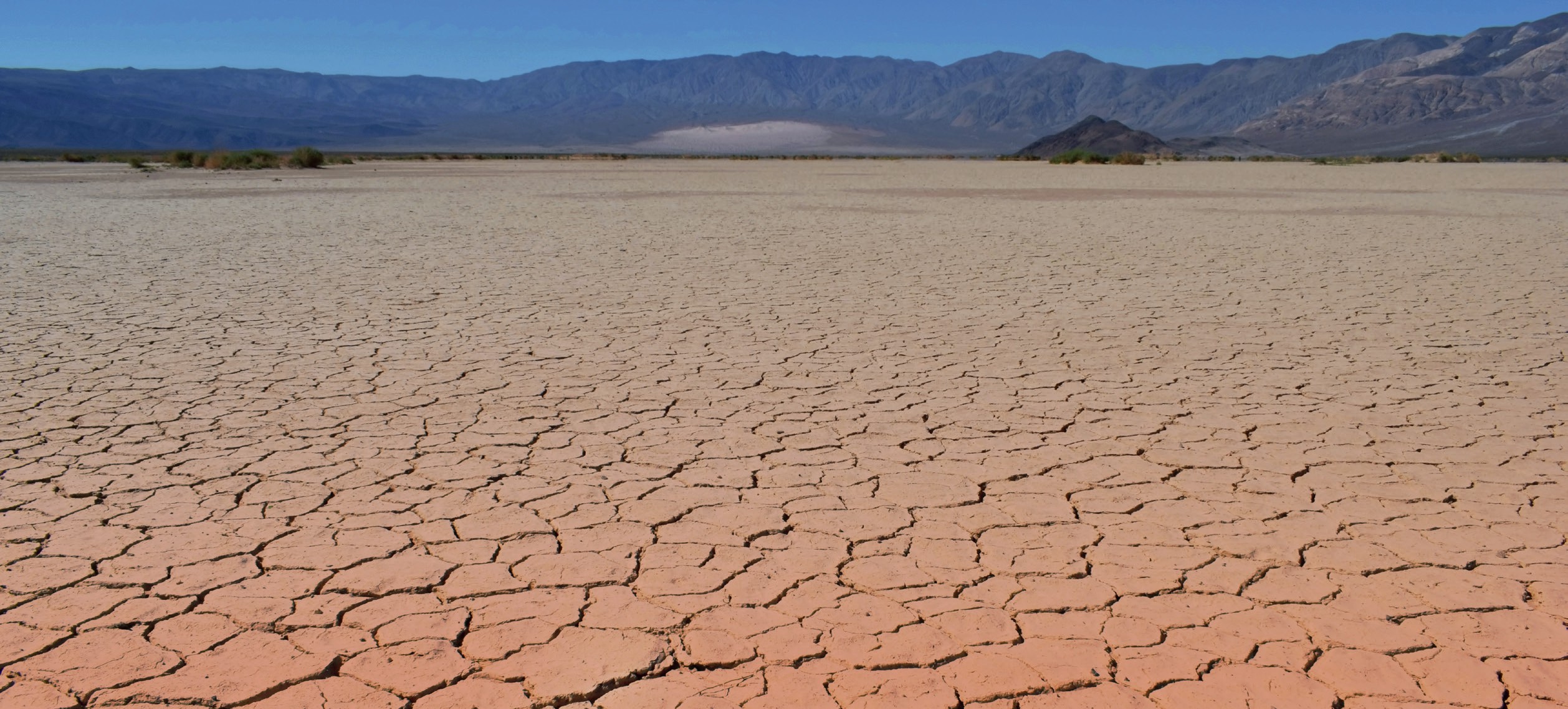
Humans need water. The most important uses are domestic (such as water for cooking and cleaning), agricultural (such as water for irrigation, livestock farming and food processing) and industrial (such as water for manufacturing, energy production and construction). The exact split between these categories varies between countries. Developing countries tend to have lower overall rates of water consumption, with a higher proportion used for agriculture. In contrast, wealthier countries tend to be more industrialised, and there is a greater water use for domestic appliances such as washing machines, dishwashers and electric showers. This leads to higher usage overall.
Humans can access the water they need by extracting it from surface water bodies such as streams, lakes and reservoirs. However, in some regions there might be little surface water. This is often the case in arid regions, where precipitation levels are low and temperatures are high, causing surface water to evaporate. In these regions, an alternative source of water is groundwater. Groundwater is held in bedrock below the water table, known as the saturated zone. Some types of bedrock, called aquifers, are porous (they contain spaces within them, such as cracks and small holes or pore spaces) and permeable (the spaces are joined up, or connected, allowing water to flow through).
Your organisation does not have access to this article.
Sign up today to give your students the edge they need to achieve their best grades with subject expertise
Subscribe




